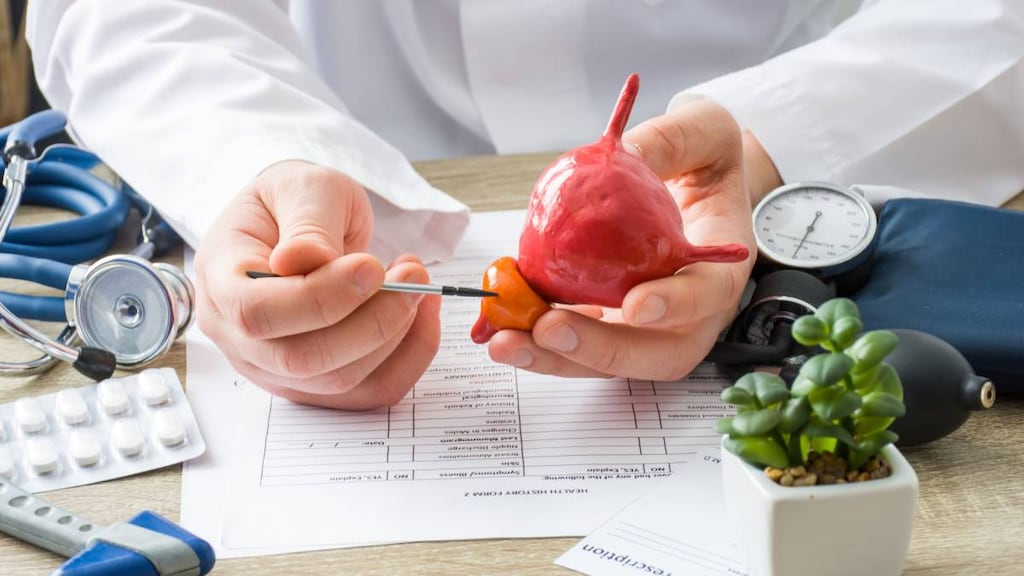
Benign Prostatic Hyperplasia (BPH) is a condition that involves the prostate and commonly occurs in men as they get older. It may also be called prostate gland enlargement.
The prostate is a small gland that is about the size of a walnut in younger men. It sits just below the bladder and surrounds the urethra (the tube that transports urine out of the bladder into the penis) and contributes fluid to semen. Most men have continued prostate growth throughout life. By the time a man is 40, his prostate may be the size of an apricot. By the time he is 60, it may be more the size of a lemon.
Because the prostate surrounds the urethra, the more enlarged a prostate is, the more it restricts urine flow. Most men do not develop symptoms until they are over the age of 50 and eventually the condition affects eight out of every 10 men. Although it cannot be prevented, effective treatments are available.
What are the symptoms of benign prostatic hyperplasia?
Symptoms don’t necessarily correlate with how enlarged the prostate is, for example, some men with slightly enlarged prostates have significant symptoms. Symptoms may include:
- A frequent need to urinate
- An urgent need to urinate
- Difficulty in starting to urinate
- A weak urine stream or one that stops and starts
- Dribbling at the end of urination
- Feeling like the bladder is not empty.
Rarely, there may be blood in the urine, or it may hurt to urinate. If you are unable to urinate at all this is considered a medical emergency and you should seek urgent attention straight away.
In most men the symptoms worsen over time; however, in some men, symptoms may stabilize or improve with time.
How is benign prostatic hyperplasia diagnosed?
See your doctor if you are having any urinary problems. Your doctor will ask about your history of urinary problems and may take urine and blood samples for testing and perform a digital rectal examination to check the size of your prostate.
Other tests, such as an ultrasound or a biopsy may also be performed.
Symptoms may be similar to other conditions such as proctitis, urinary tract infection, bladder or kidney stones, or prostate cancer, so it is important to get any urinary-related symptoms checked out.
How is benign prostatic hyperplasia treated?
Treatment varies depending on how enlarged the prostate is, the man’s age and current health status, and how much the symptoms are affecting his quality of life.
Treatment may include:
- Alpha-blockers
- 5-alpha reductase inhibitors
- Tadalafil
- Surgery
- Laser therapy




